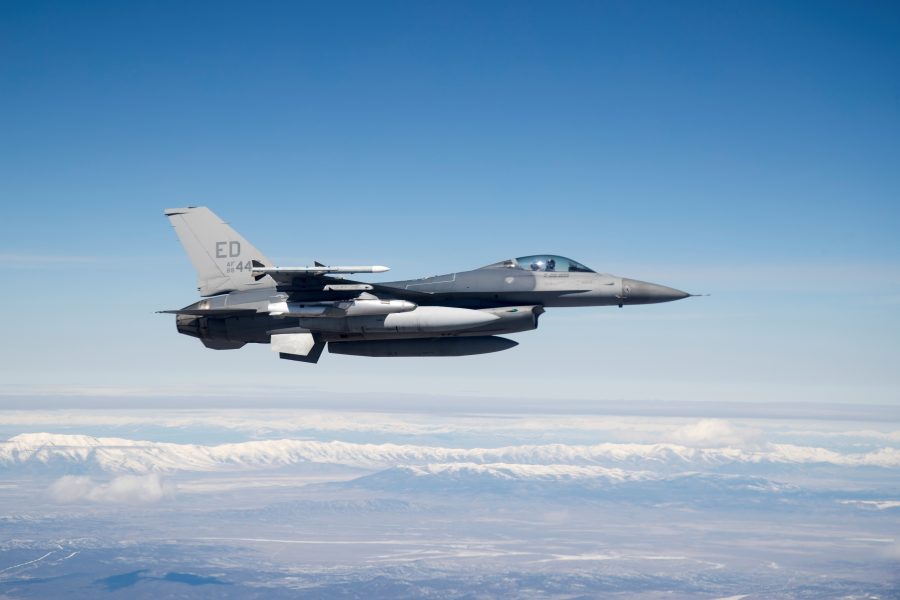America’s Pacific forces want more missiles—and a lot of them—according to U.S. Indo-Pacific Command’s wish list for fiscal 2025. A standout of INDOPACOM’s unfunded priorities list—items not contained in the budget—is the Joint Strike Missile (JSM), an advanced standoff munition being developed for the Air Force’s F-35s.
The Air Force requested $165.9 million to procure 50 Joint Strike Missiles in FY25, and the service wants at least 200 missiles total, according to budget documents.
But in its wish list to Congress, INDOPACOM is asking for an additional $298.5 million for JSMs next year, according to the document obtained by Air & Space Forces Magazine. Each missile costs $2.8 million apiece, meaning INDOPACOM’s request, if granted, would roughly triple the Air Force’s buy of JSMs for 2025.
“The threat has continued to grow and accelerate,” Adm. John C. Aquilino, the outgoing head of INDOPACOM, told lawmakers on March 20.
The Air Force requested 48 JSMs in FY24, at a cost of $129.2 million. Aside from the missiles themselves, there are associated costs, such as testing and integration. A 2024 budget has yet to pass.
And the Air Force wants more JSMs, too. In budget documents, the service says it is currently slated to end up with 204 total JSMs, compared to the preferred inventory objective of 240. The service’s funding was pinched due to the Fiscal Responsibility Act, which capped the defense budget at 1 percent growth. Air Force officials said its procurement account was hard-hit by the required tradeoffs the service then had to make.
“Once the proposal for Lots 1 & 2 is received, procurement quantities may change based on the negotiated contract and available funding,” Air Force budget documents note.
INDOPACOM’s unfunded priorities list is part of a process in which combatant commands and services submit requests for items that could not be included in the official budget request but that they want highlight to lawmakers. This practice is somewhat controversial but legally required. Some lawmakers want to eliminate unfunded priorities lists, a move Pentagon leadership supports. Nevertheless, INDOPACOM’s list totals $11 billion for 2025.
“This intent for urgency and to move faster—any delays in those fundings or reduce fundings push everything out, and then those capabilities we’ve asked for deliver, not in a relevant time, or in a time where they don’t deliver the deterrent effect soon enough,” Aquilino told the House Armed Services Committee.
The JSM is jointly produced by Raytheon and the Norwegian defense company Kongsberg. It is designed to be carried internally in the weapons bay of the stealthy F-35 but could also be carried externally on other fighters. The conventionally-armed missile has a range of roughly 150 nautical miles, according to its manufacturers.
Other stealthy long-range cruise missiles, such as the Lockheed Martin-made JASSM standoff air-to-surface weapon and its LRASM anti-ship variant, must be carried externally on F-35s due to their size—though none of the missiles have been tested yet on the fifth-generation multirole fighter. JASSM and LRASMs are already in use on other platforms. In 2018, the Air Force conducted successful tests of the JSM, which was carried externally on F-16s, a first step before fitting the weapons into F-35s.
